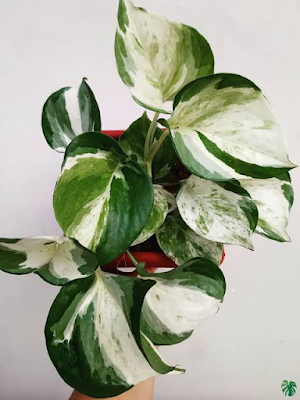A career in Veterinary Science
Dogs and cats, friendly horses, the animals in zoos — they’re a source of wonder to people of all ages. And at one time or another, many people have felt the pull of making animal care their life’s work.
The work: Veterinarians identify and treat medical problems in animals. They treat injuries, set broken bones, perform surgery, prescribe medicines and administer vaccinations. By these methods and by doing research, vets help to protect people from diseases carried by animals.
Veterinarians for large animals handle health problems of farm animals, such as cattle and horses. They are also involved in educating and encouraging farmers to build up the quality of their animal stock. The majority, however, treat small companion animals such as dogs, cats, and birds. They also advise pet owners on care and breeding of pets. Some veterinarians care for zoo or aquarium animals or for laboratory animals.
Several other career options are open to graduates in veterinary science. Dairy and poultry farms require the services of a veterinarian. The health of the animals on the farm is the responsibility of the veterinarian. They also advise farmers on the care, breeding, and maintenance of these animals. A veterinarian can also become a Meat Inspector for slaughter houses, or work at insurance and banking offices where he would have to assess the worth of animals. Livestock Inspectors are veterinarians who work with animals to be used for food to detect illnesses or diseases that might harm the animals or be passed on to humans.
In the pharmaceutical industry, veterinarians test new drugs, antibiotics, and surgical techniques on animals to determine their usefulness with humans. They can be part of the research in animal welfare societies or teach in colleges.
Taking care of animals is not as simple as it may appear to be. While a man can explain his problems to his doctor, you need extra perception to know what is wrong with animals. That’s why each day is a new challenge as every case is a new case. The working conditions are slightly more adversarial at animal clinics and hospitals — humans do not usually bark, bite, or chirp (though there are exceptions) while receiving treatment.
Education & skills: Bachelor’s degree in Veterinary Science & Animal Husbandry (BVSc & AH) is the basic requirement for becoming a veterinarian. The course is of four-and-a-half years followed by one year of internship. Eligibility is 10+2 with Physics, Chemistry and Biology. Like medical doctors they need training in subjects like anatomy, physiology, biochemistry, pharmaceuticals, etc. Now multiply that by the number of different type of patients they see. A horse has different needs than an iguana, an elephant won’t respond the same way as a cat. Practical training is an important element of the course. Veterinary science courses are conducted in veterinary colleges which are located in almost every state. All India Quota seats in Veterinary Colleges are filled on the basis of NEET score and counselling is done by the Veterinary Council of India (vci.nic.in). For details, visit (cbseneet.nic.in). Remaining seats are filled on the basis of merit or through an entrance examination held by the concerned institution.
To become a Vet, you need to have these skills:
1. Genuine love for animals and interest in their health and welfare.
2. Quick body reflexes to tackle the animals’ moody behaviour.
3. An inquiring mind. Organizational and supervisory skills.
4. A responsible approach to work.Physical stamina, good vision and manual dexterity.
Institutes:
Nagpur Veterinary College, Nagpur (nvcnagpur.net.in)
Bombay Veterinary College, Mumbai (bvc.org.in)
Indian Veterinary Research Institute, Izatnagar (U.P.) (ivri.nic.in)
Tamil Nadu Veterinary & Animal Sciences University, Chennai (tanuvas.tn.nic.in/MVC.htm)
West Bengal University of Animal & Fishery Sciences, Kolkata (wbuafscl.ac.in)
College of Veterinary & Animal Sciences, Kerala Agricultural University, Thrissur (kau.edu)
Acharya N.G. Ranga Agricultural University, Hyderabad (angrau.net)
College of Veterinary Science, G.B. Pant University of Agriculture of Technology, Pantnagar(gbpuat.ac.in/colleges/COV/index.html)
College of Veterinary Science And Animal Husbandry, Anand (aau.in)
Assam Agricultural University, Jorhat (aau.ac.in)
Guru Angad Dev Veterinary and Animal Sciences University (GADVASU), Ludhiana (gadvasu.in)
Remuneration: In a government job, a veterinarian gets a goodsalary. The earning in private clinical practice varies according to private location, type of practice, and years of experience. In metropolitan cities, private practice is lucrative, especially in dealing with pets.
Employment profile: A wide range of jobs is available for vets. Look to urban areas for smallanimal practices, and rural areas for large-animal practices. Some vets work for the government and play a leading role in public health efforts. Their services are used in zoos, national parks and wildlife sanctuaries. Defence Services also need the services of a veterinarian. The practice of keeping pets at home is growing and owners more willingly pay for intensive care than in the past. In addition, emphasis on scientific methods of breeding and raising livestock and poultry, and continued support for public health and disease control programmes will contribute to the demand for veterinarians.




























